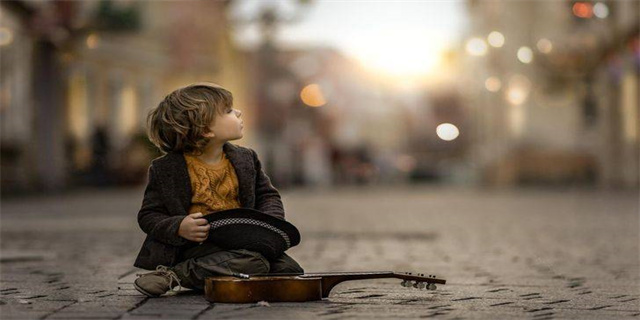最佳答案Discover the Ancient City of Pompeii The Ruins of Pompeii Pompeii, an ancient Roman city located near modern-day Naples in Italy, was buried under several feet...
Discover the Ancient City of Pompeii
The Ruins of Pompeii
Pompeii, an ancient Roman city located near modern-day Naples in Italy, was buried under several feet of ash and volcanic debris when Mount Vesuvius erupted in 79 AD. This natural disaster preserved the city in near-perfect condition, offering a unique window into the daily lives of its inhabitants. Today, Pompeii is an archaeological site of immense historical and cultural significance, attracting millions of visitors every year.

A Walk through Time
Visiting Pompeii is like stepping back in time. As you navigate the narrow streets, explore the beautifully preserved buildings, and study the remarkable frescoes and mosaics, you can't help but feel a sense of awe and wonder. The city's layout, with its forum at the center and surrounding residential areas, provides a rich understanding of Roman urban planning and architecture.

The Everyday Life of Pompeiians
One of the most fascinating aspects of Pompeii is the detailed insight it offers into the daily lives of its inhabitants. It's astonishing to see the homes, complete with bedrooms, dining rooms, and even private baths. Walking through the bakeries, taverns, and shops, you can almost imagine the bustling activity that once took place there. The preserved graffiti on the walls, along with the remains of street food stalls, further brings the vibrant atmosphere of ancient Pompeii to life.
The Art of Pompeii
Pompeii was a city rich in art and culture. The excavations have revealed an abundance of breathtaking frescoes, sculptures, and mosaics that adorned the walls, floors, and public spaces of the city. These works of art depict scenes from mythology, daily life, and religion, showcasing the skill and creativity of ancient Roman artists. The House of the Vettii and the Villa of the Mysteries are among the must-visit sites for art enthusiasts.
The Tragic Fate of Pompeii
The eruption of Mount Vesuvius had devastating consequences for the people of Pompeii. Though many residents managed to flee before the volcanic ash engulfed the city, approximately 2,000 people perished, their bodies preserved in the ash. One of the most powerful exhibits at Pompeii is the Garden of the Fugitives, where plaster casts of the victims are displayed, capturing the horror and tragedy of that fateful day in vivid detail.
Preservation and Rediscovery
After the eruption, Pompeii was buried and forgotten for centuries until its rediscovery in the 18th century. Excavations began, uncovering an extraordinary treasure trove of artifacts and insights into ancient Roman civilization. Today, ongoing restoration efforts and strict conservation measures ensure the preservation of this archaeological wonder for future generations to appreciate and learn from.
In conclusion, the city of Pompeii offers visitors a mesmerizing journey into the past. The ruins vividly tell the story of an ancient civilization, frozen in time by a catastrophic event. Walking along the ancient streets and exploring the homes and public spaces of Pompeii's inhabitants is an experience that is both haunting and awe-inspiring. A trip to Pompeii is a chance to connect with history, to marvel at the ingenuity of our ancestors, and to reflect on the fragility of human existence in the face of nature's unforgiving forces.







